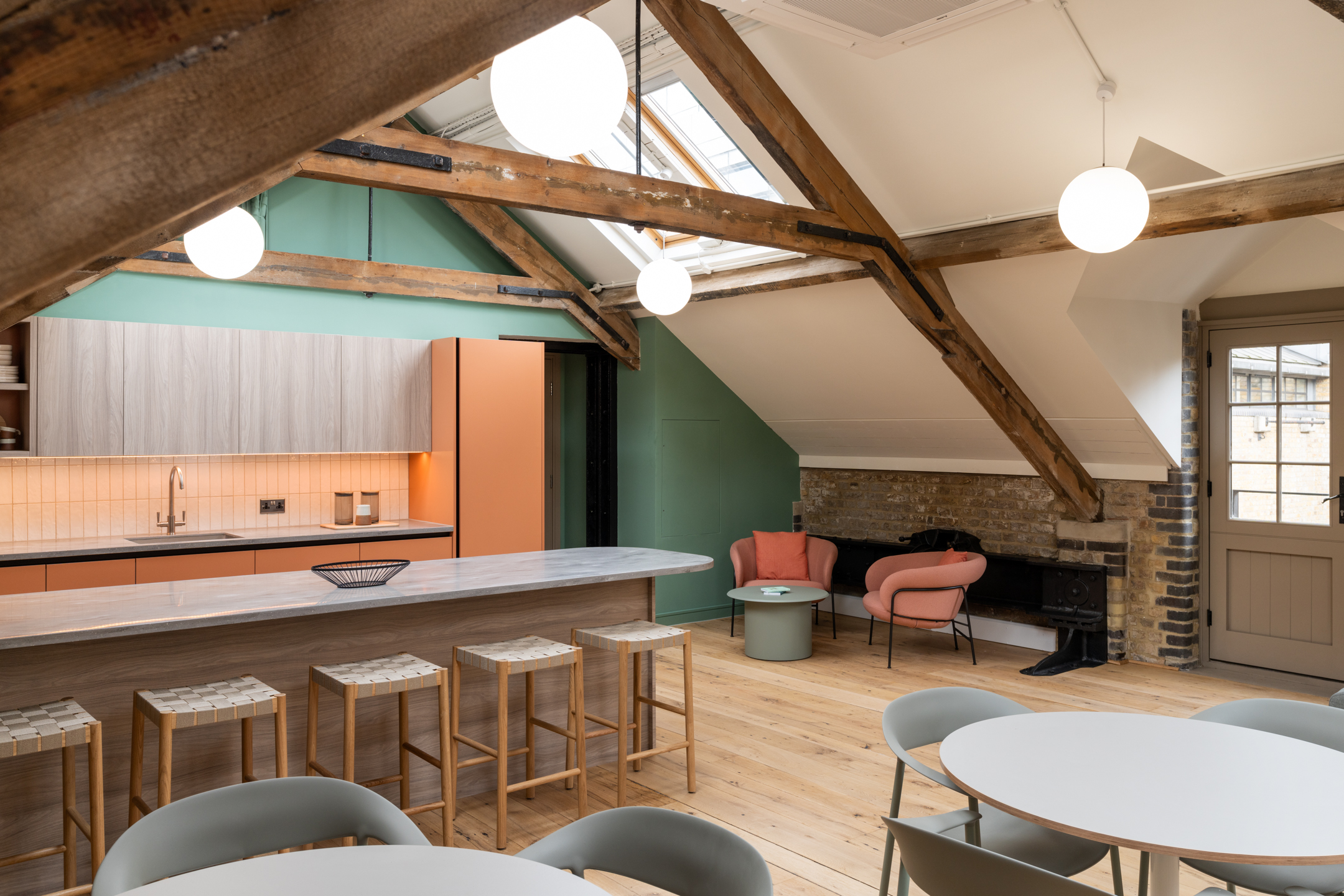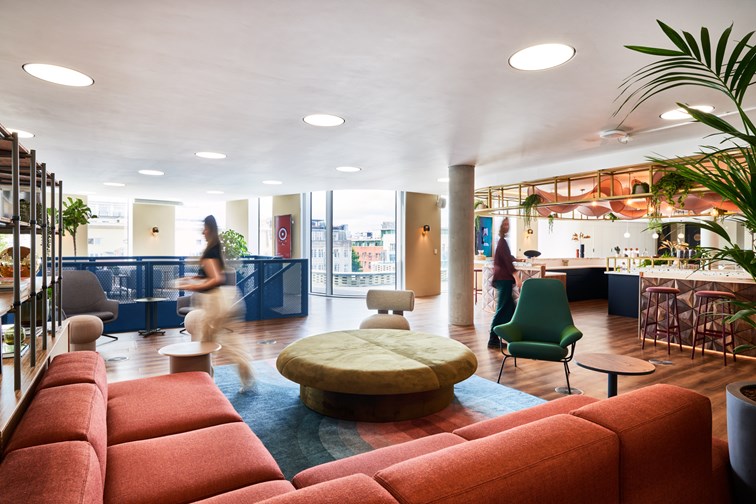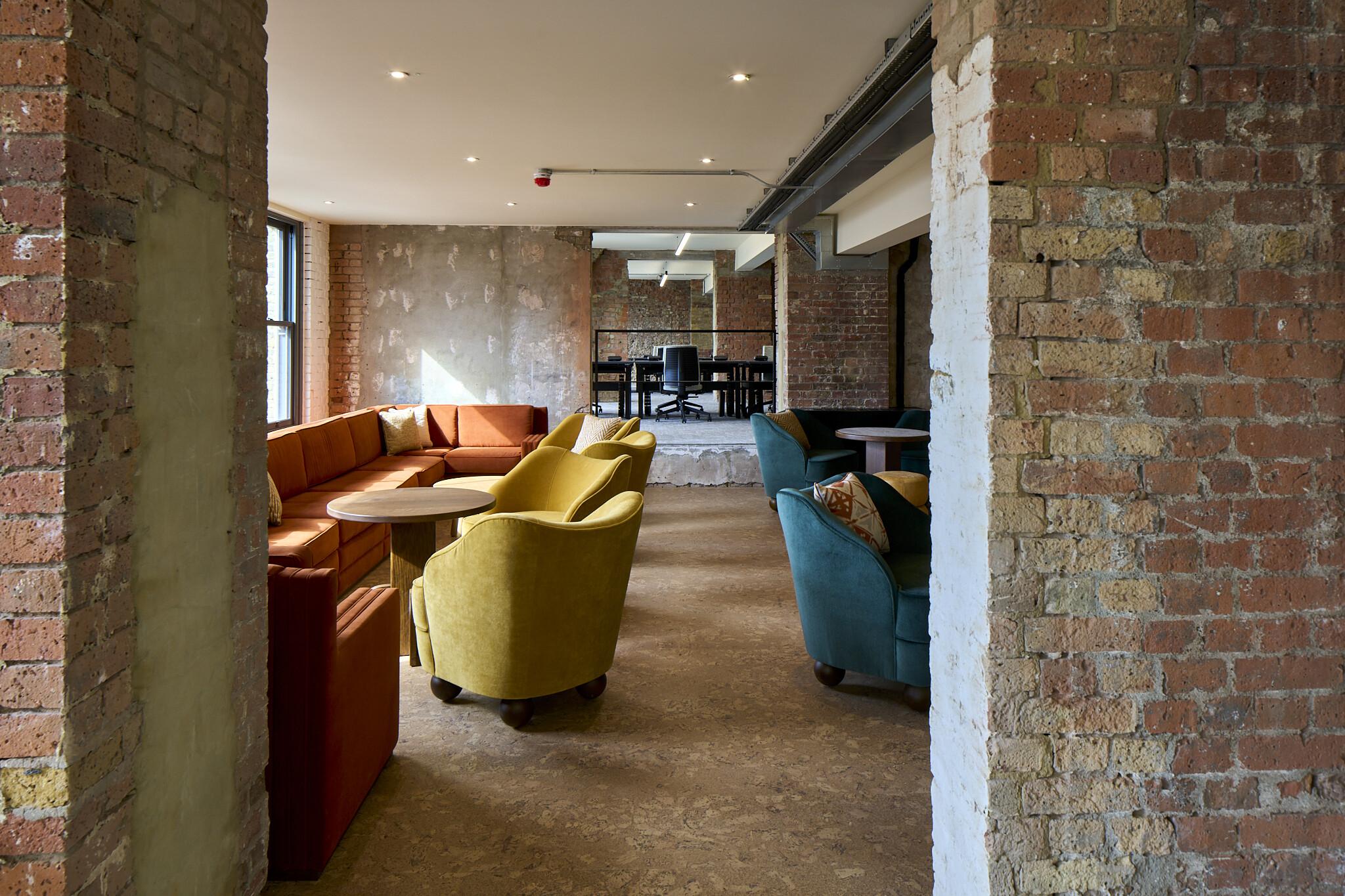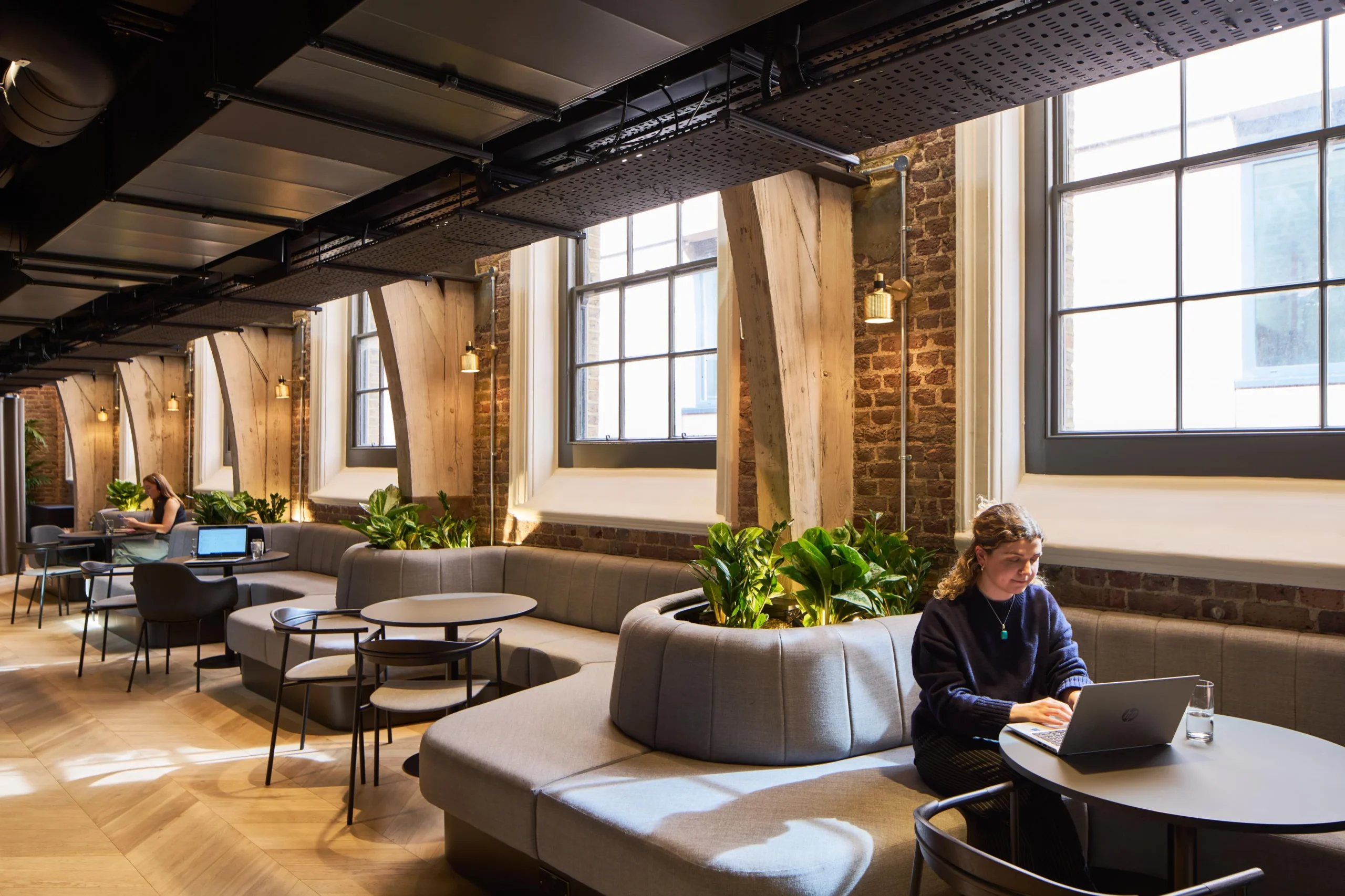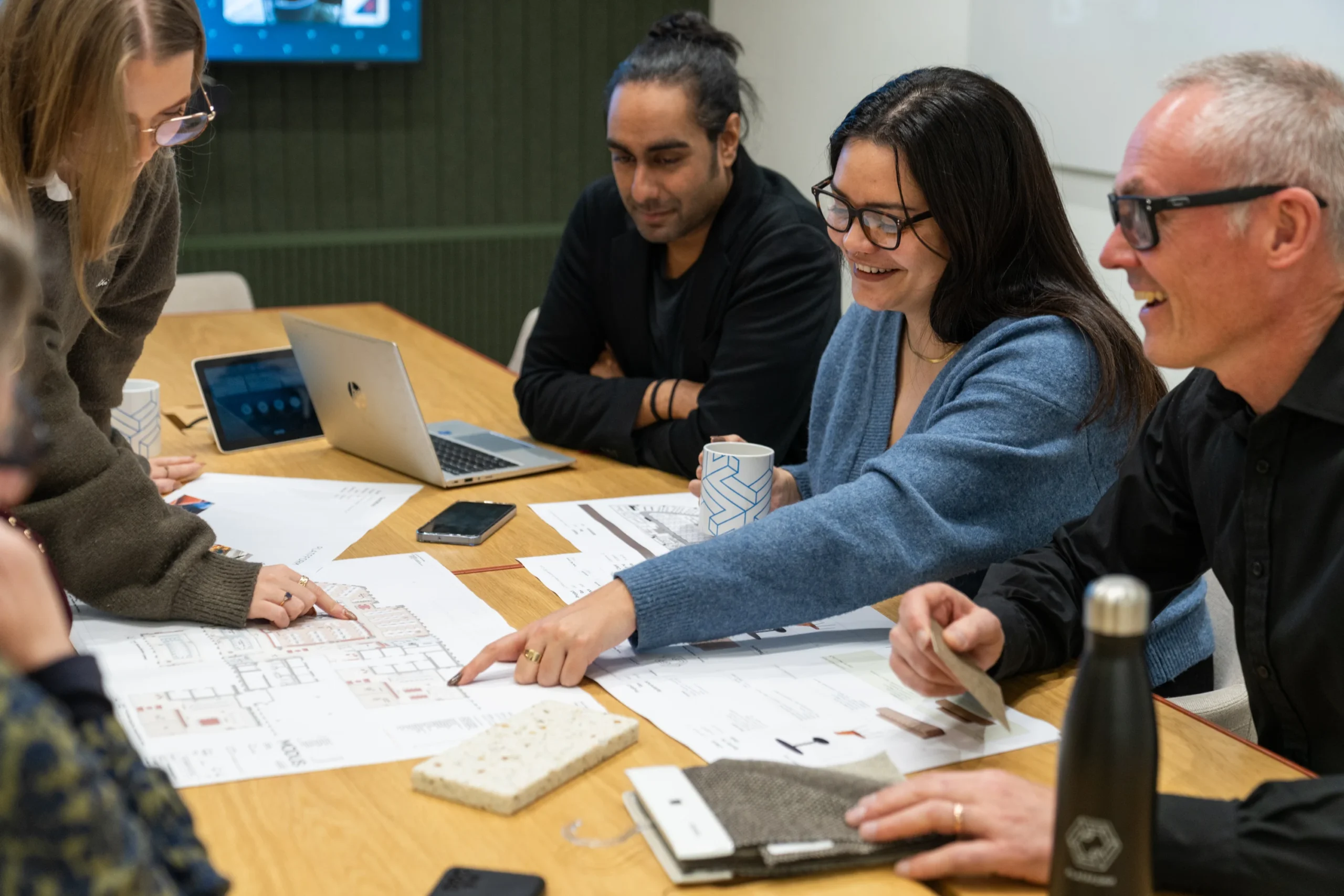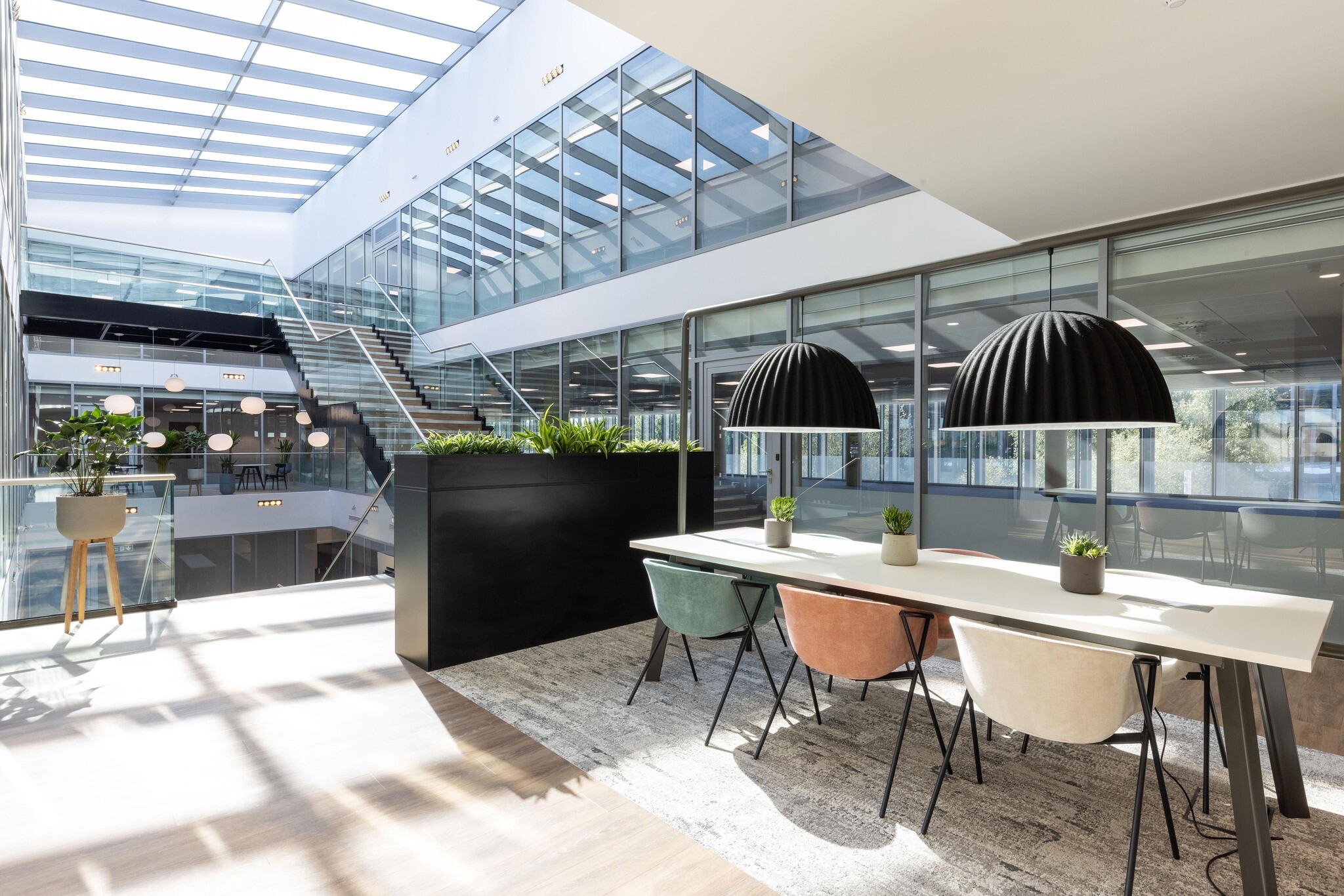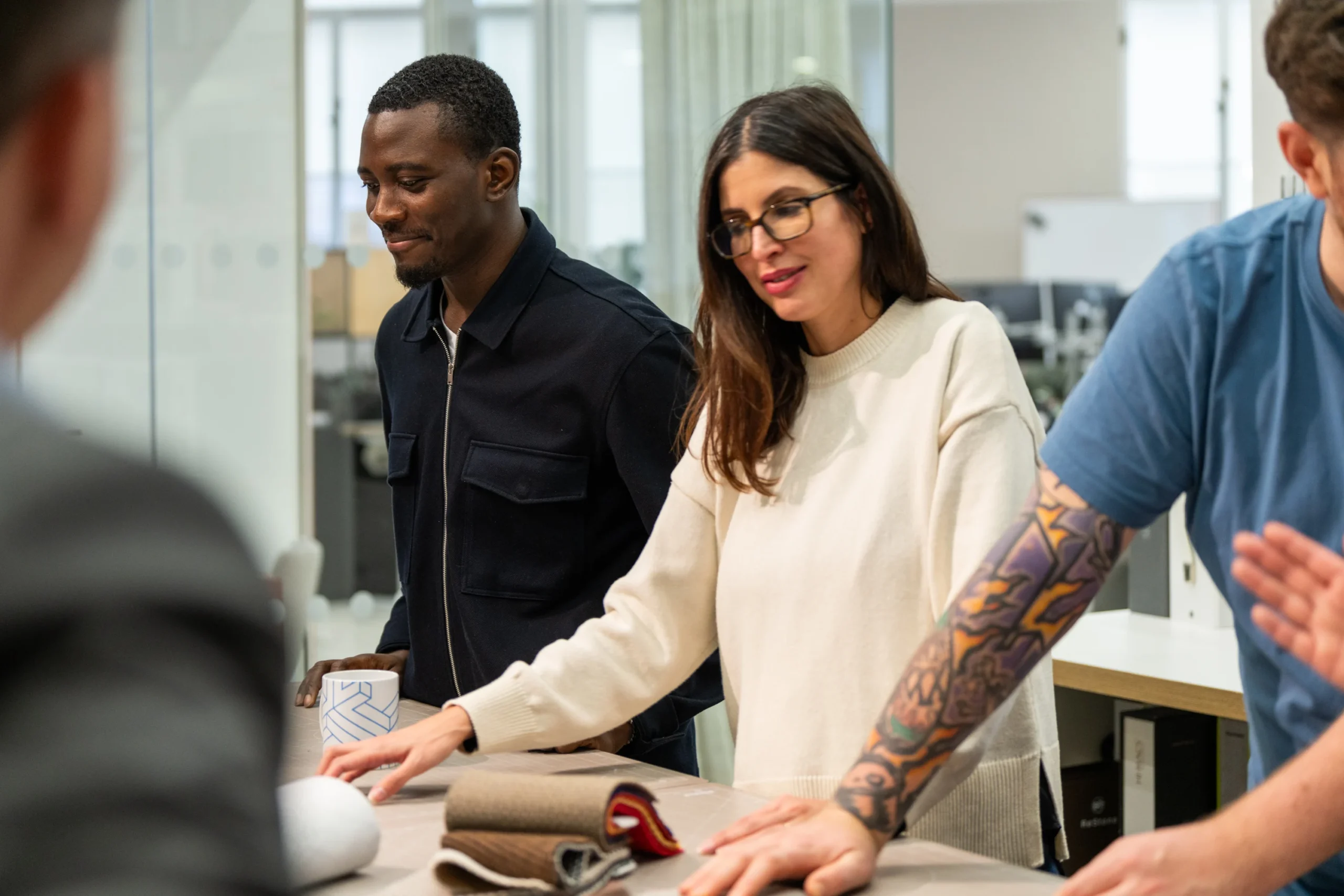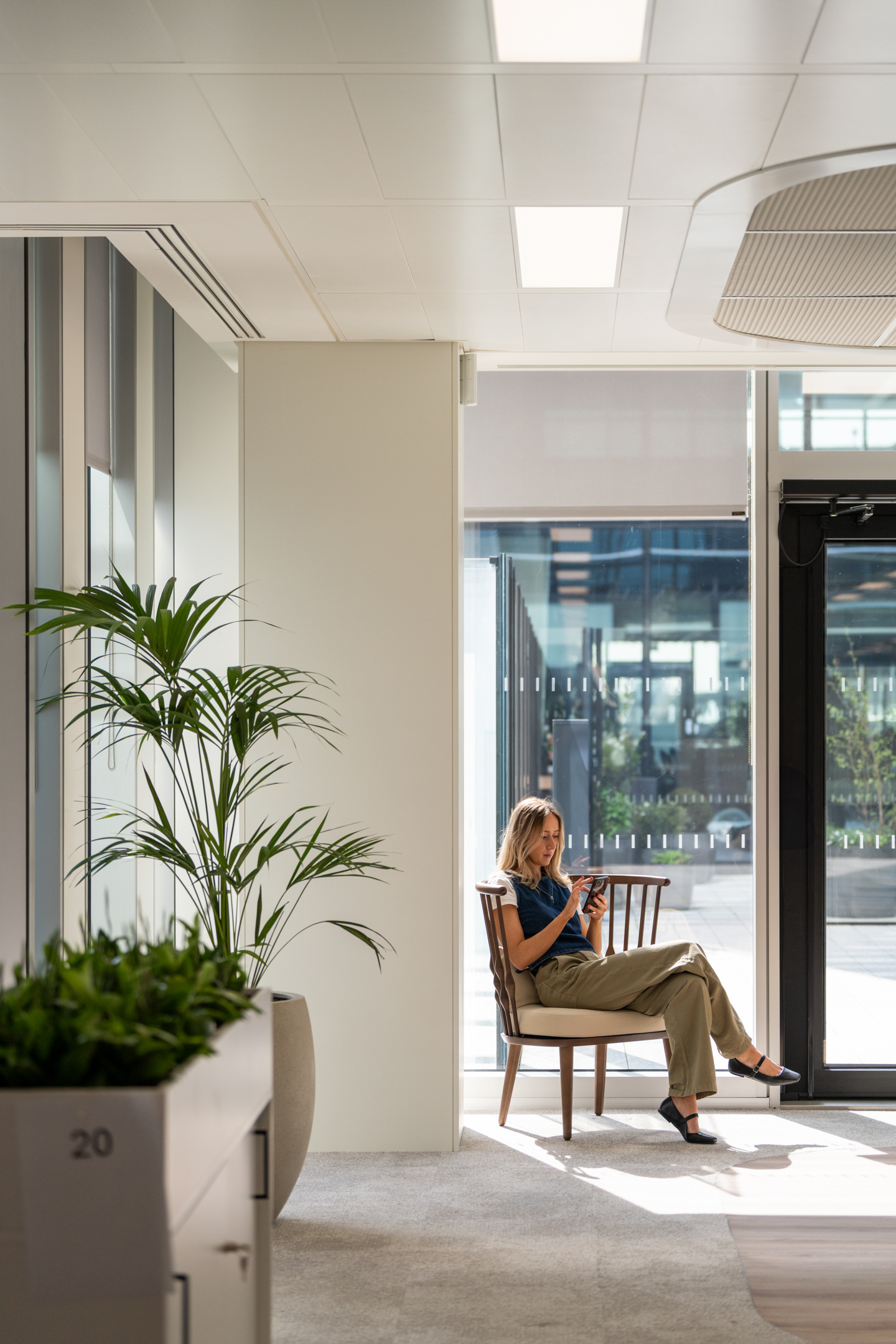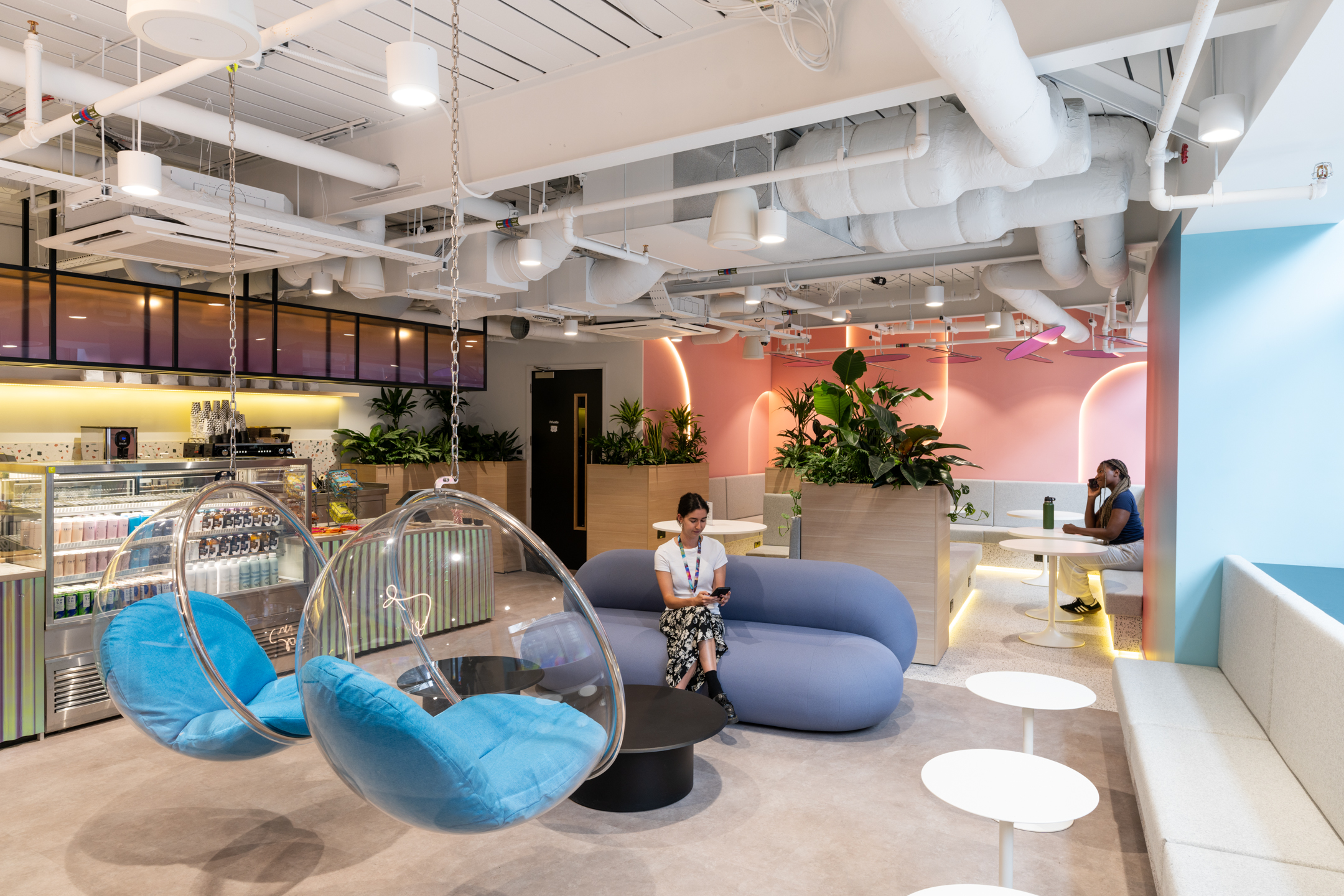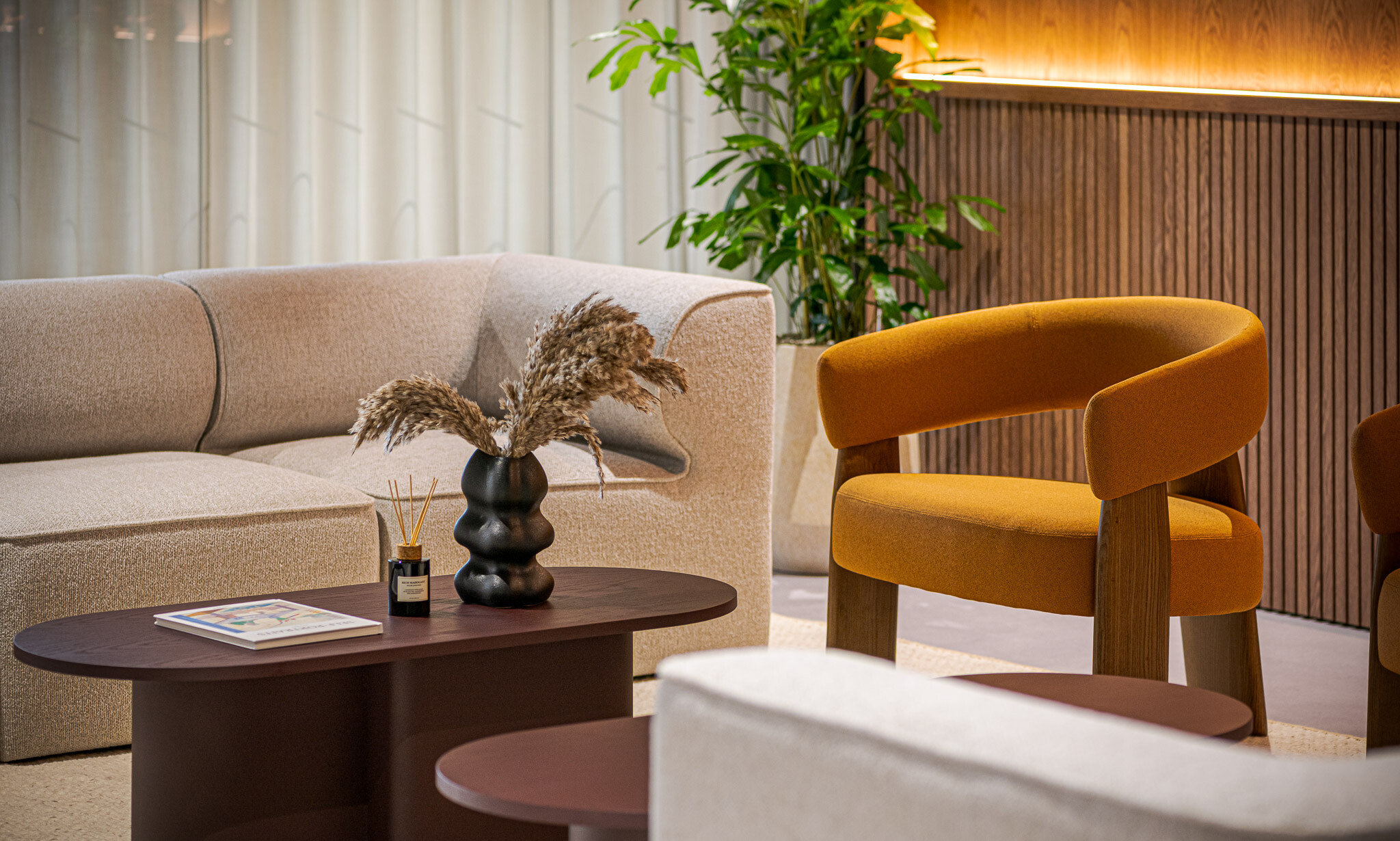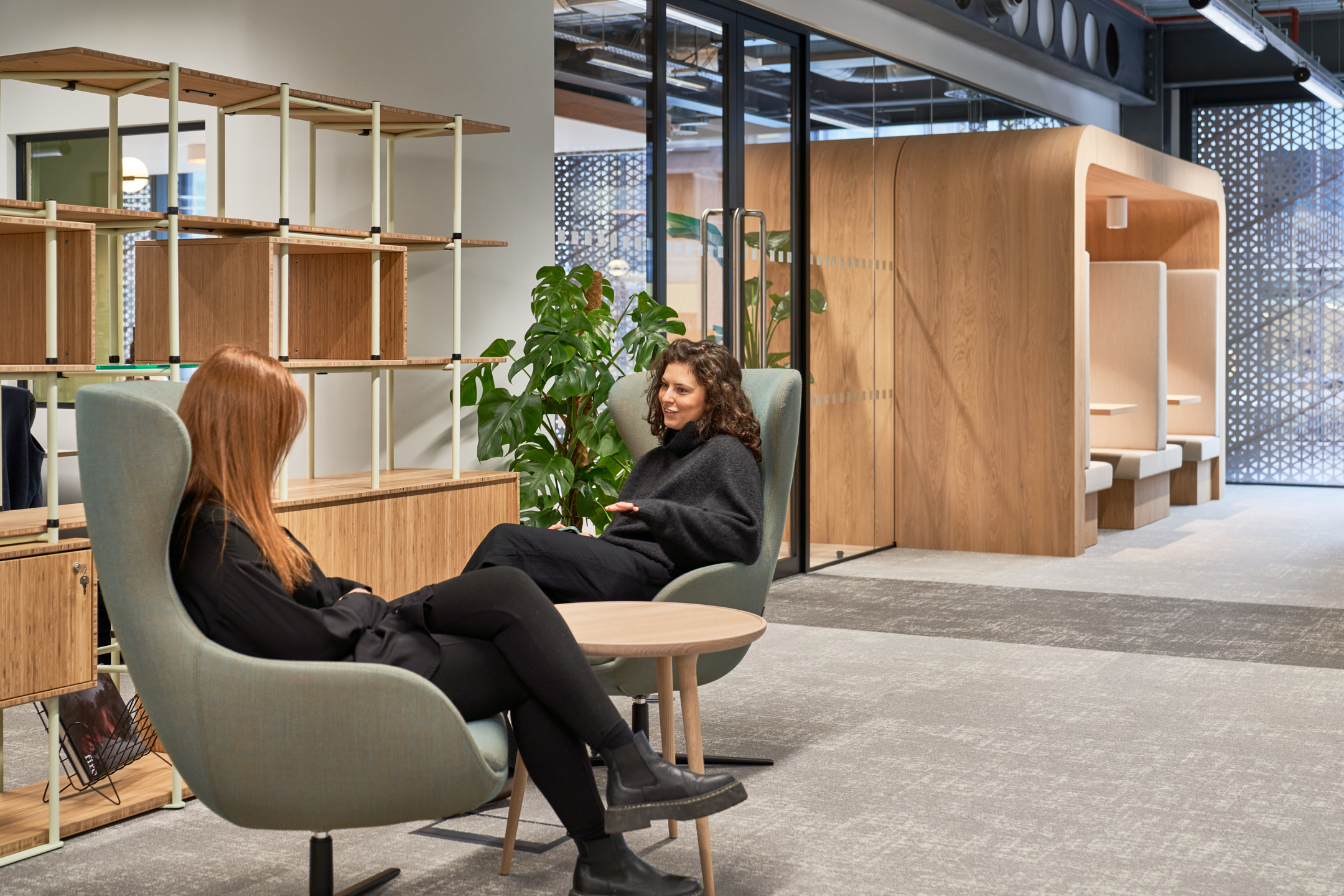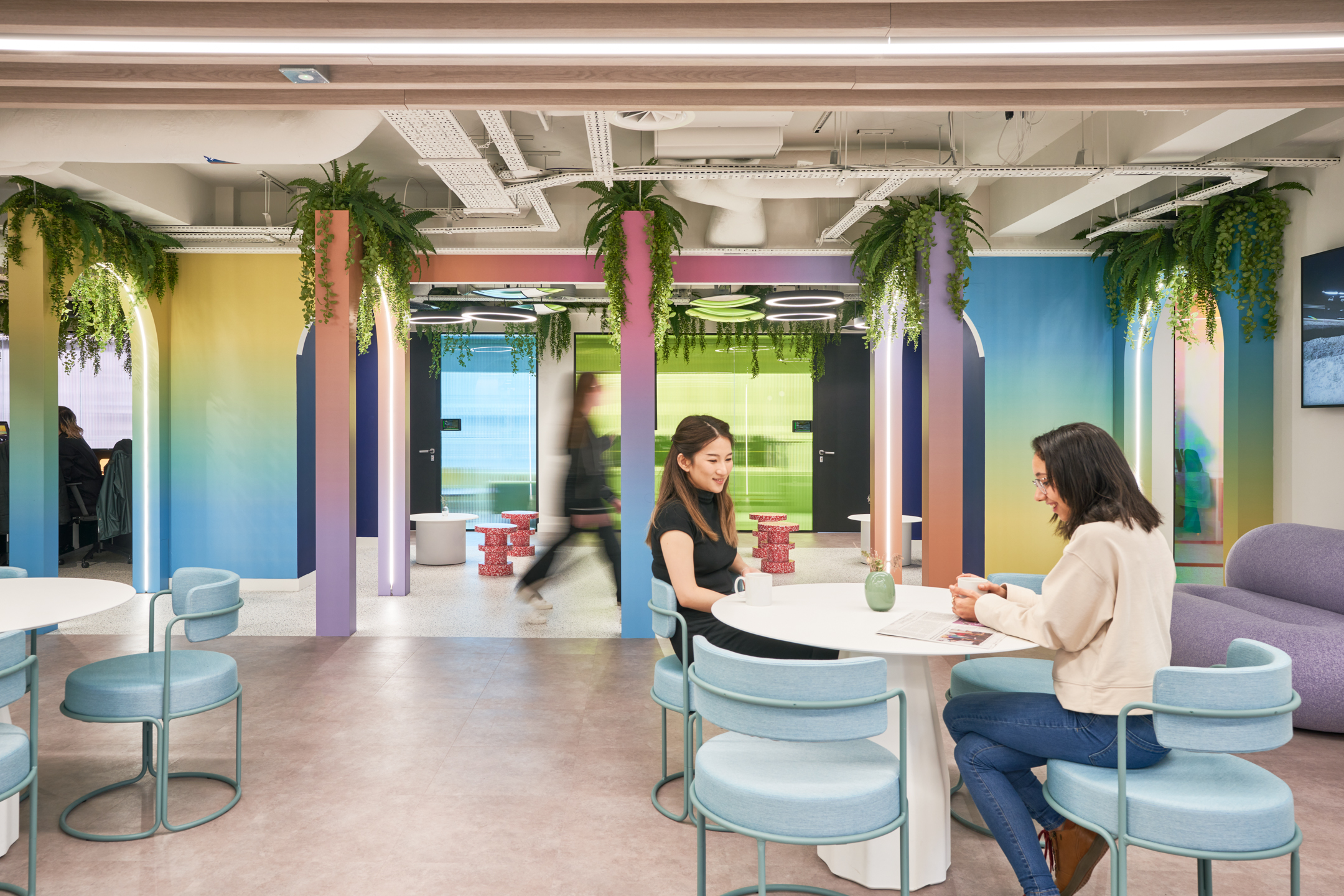Adaptable Furniture That Grows with You
Workspaces evolve just like the people inside them. Teams grow, ideas shift, and what once felt right needs to flex into something new. The best furniture doesn’t resist that change, it moves with it. It adapts, scales and lasts, keeping pace with how people work today and tomorrow. Adaptable furniture that grows with you is a smarter, more sustainable way to think about design that endures. This approach has four connected principles: scalability, adaptability, longevity and sustainability.
Making Change a Part of the Plan
Growth is rarely linear, and the ability to adapt is vital. The most resilient workplaces anticipate change, allowing layouts and adaptable furniture systems to adjust without disruption.
Our Day 2 planning builds future needs into your existing floor plan, creating spaces that can evolve as your team grows or working patterns shift. When planned this way, spaces can scale up or change function without losing their original intent.
Adaptable furniture is central to this strategy. Pieces such as Brunner’s Ray Flex tables exemplify functional versatility: leg positions can be adjusted without tools, table modules can be linked or separated, and integrated power management makes reconfiguration easy and quick. This flexibility future-proofs layouts against inevitable change.
The Viccarbe Season modular sofa applies similar thinking to soft seating. Its modular volumes, cubes, curves and linear elements can be rearranged to form new configurations, from collaborative zones to lounge clusters. It transforms with your space, supporting evolving patterns of work and interaction.
This adaptability eliminates the need for constant replacement. Instead of discarding furniture to accommodate new layouts, modular systems evolve with you, ensuring longevity through intelligent design.

Extending the Lifecycle
Extending a product’s life has become a defining measure of sustainability in an industry where trends can move faster than refurbishment cycles. Circularity shifts the focus from consumption to conservation, encouraging reconfiguration, repair and reuse as standard practice.
Ahrend’s Circular Hub buy-back programme repurchases furniture from across brands, refurbishes it, and reintroduces it as part of the company’s Revived Collection. This initiative keeps high-quality furniture in circulation, cutting waste and supporting businesses seeking sustainable, design-led options. It demonstrates that commercial value and environmental responsibility are no longer opposing forces, they coexist in the same cycle of use and renewal.
Circular programmes like these also alleviate one of the industry’s largest challenges: premature disposal. Millions of tonnes of office furniture end up in landfill every year, often after just a few years of use. Repair, refurbishment and repurposing directly reduce this footprint, redefining what longevity means in practice.
Design for Disassembly
Designing for disassembly ensures that every component, from seat backs to connectors, has a continued purpose. Furniture that can be taken apart, repaired and rebuilt supports material efficiency and long-term value.
The Humanscale Ocean task chair is manufactured without glue and has modular components that click together. This allows parts to be replaced, reupholstered, or recycled with minimal waste. The chair is crafted from reclaimed fishing nets, transforming ocean plastic into durable seating while supporting a regenerative materials cycle.
Such designs mark a clear shift away from the disposable culture of adaptable furniture manufacturing. Products become maintainable systems rather than fixed objects, ensuring longevity through intentional engineering.
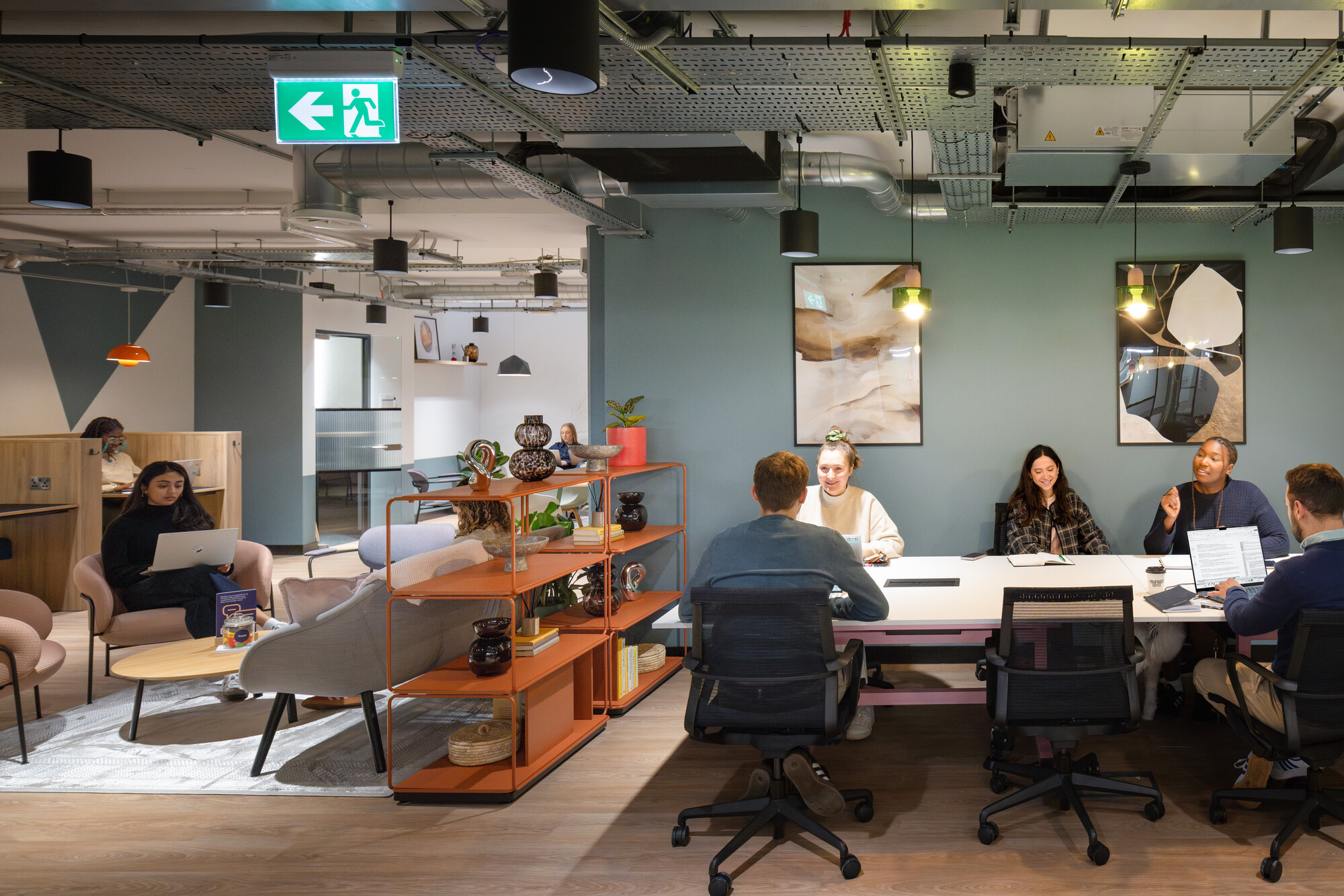
Sustainability in Everyday Use
Sustainability also lives in the smaller, everyday design details that affect how furniture ages. The Vitra Mynt chair illustrates this approach with removable, washable covers that can be cleaned or replaced. Rather than discarding chairs for cosmetic wear, you can refresh them easily, extending their lifespan while maintaining a clean, consistent aesthetic.
Practical innovation like this reduces material consumption, waste, and maintenance costs. It also gives businesses more control over their environments. Colours can evolve with branding, fabrics can be updated, and products continue to perform well beyond standard replacement cycles.
Investing in Longevity
Longevity in furniture means cutting carbon as much as cost. In the UK, it’s estimated that around 300 tonnes of office furniture end up in landfill every working day. Remanufactured furniture items have been shown to cost up to 30 % less than new versions made with virgin materials. That saving reflects avoided costs in materials, manufacturing, and logistics, essentially reusing value already invested.
UKGB also states that furniture and fittings are significant sources of embodied greenhouse gas emissions for office buildings over their life. Because much of the emissions lie in the early stages from material extraction and manufacturing, extending the life of adaptable furniture allows more amortisation of that carbon “cost.”
In a marketplace where resilience and responsibility define success, adaptable furniture built to last becomes a tool for both performance and purpose.

